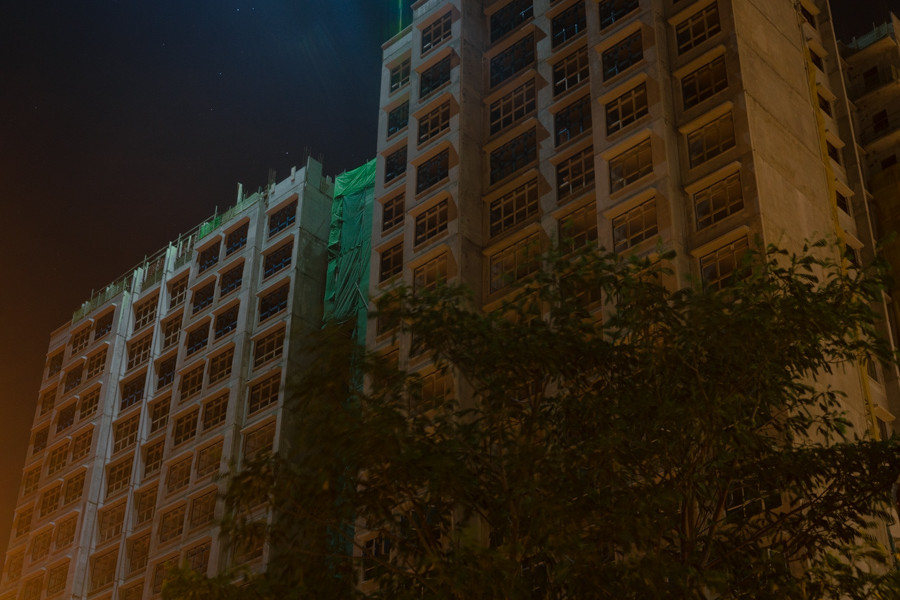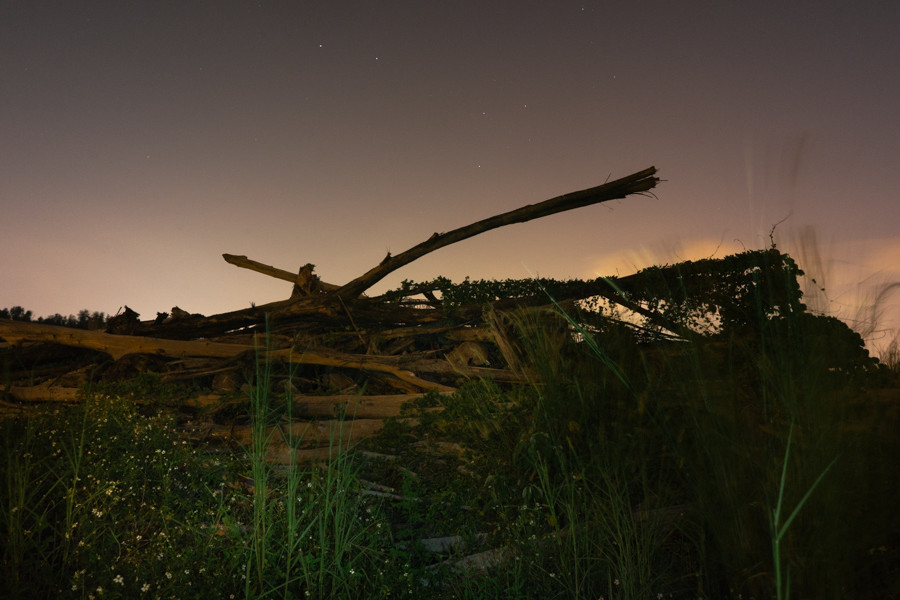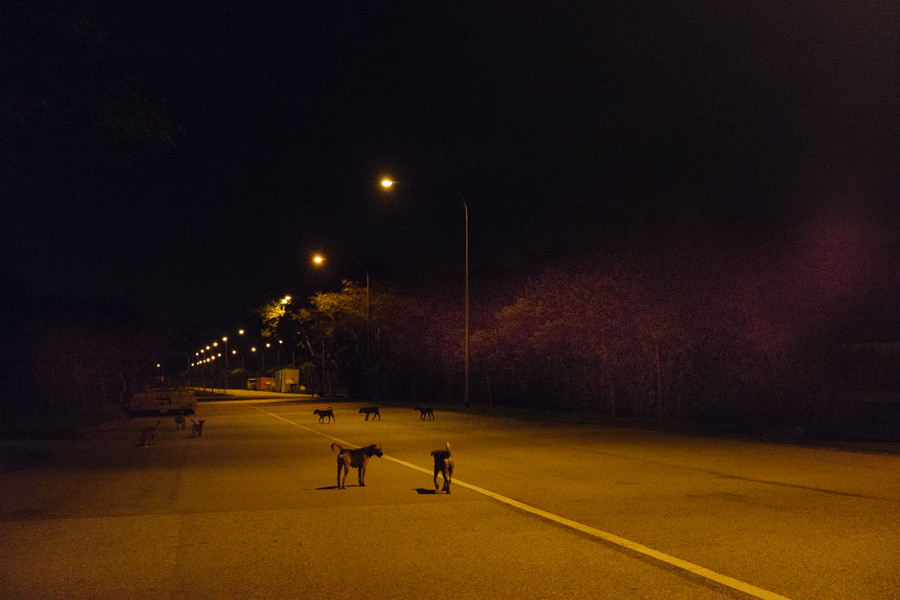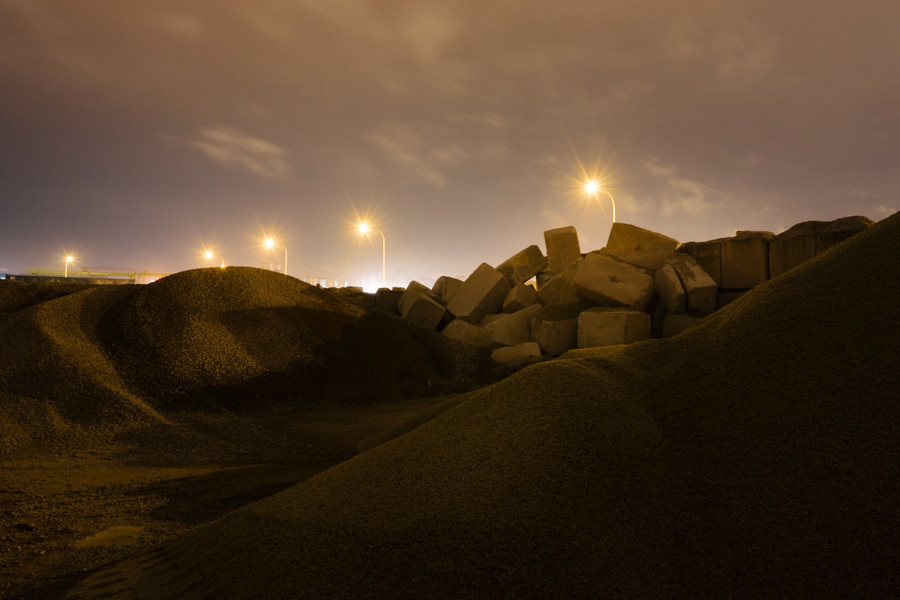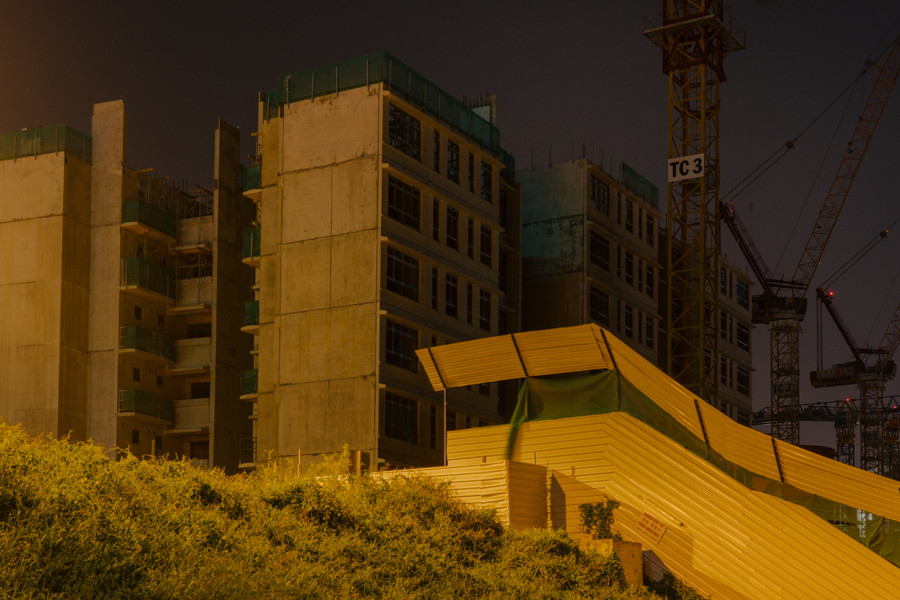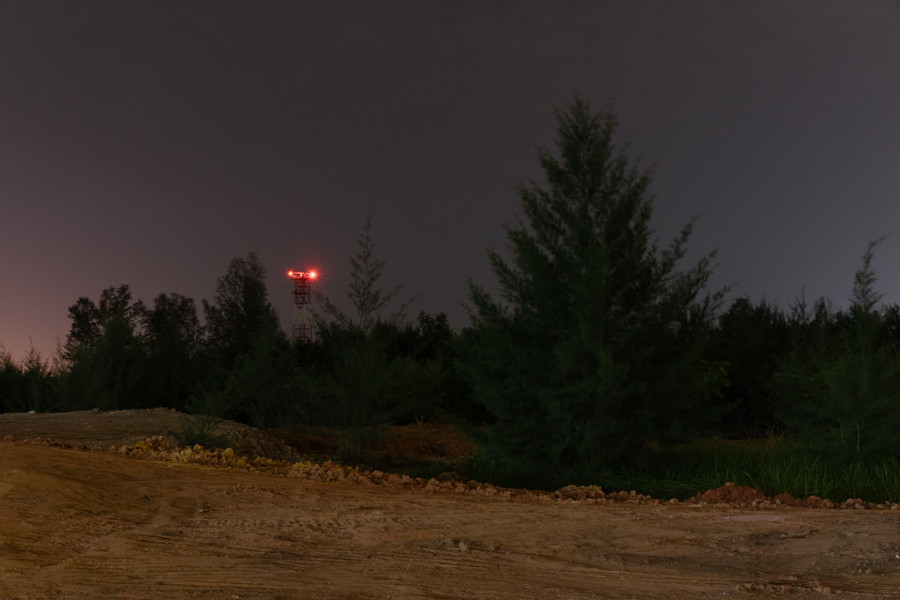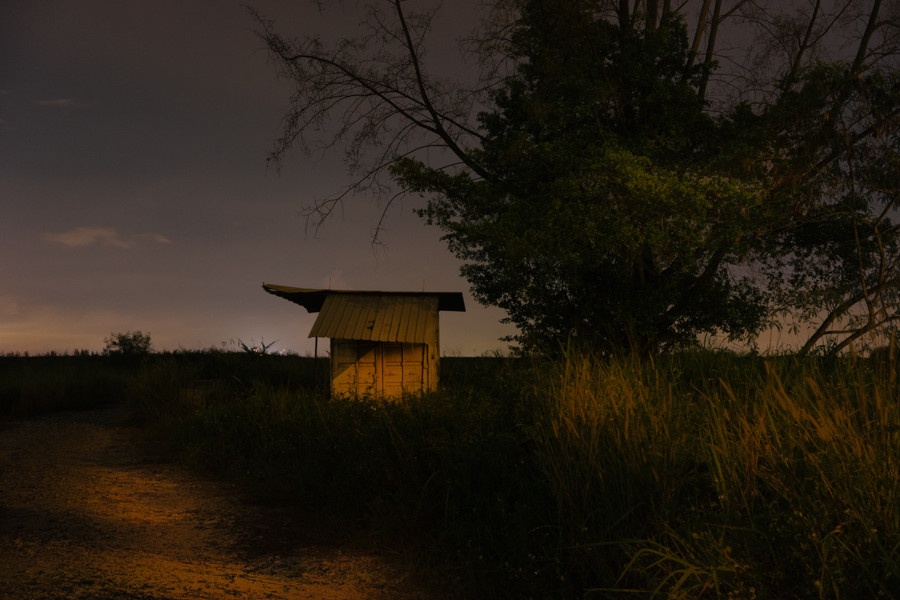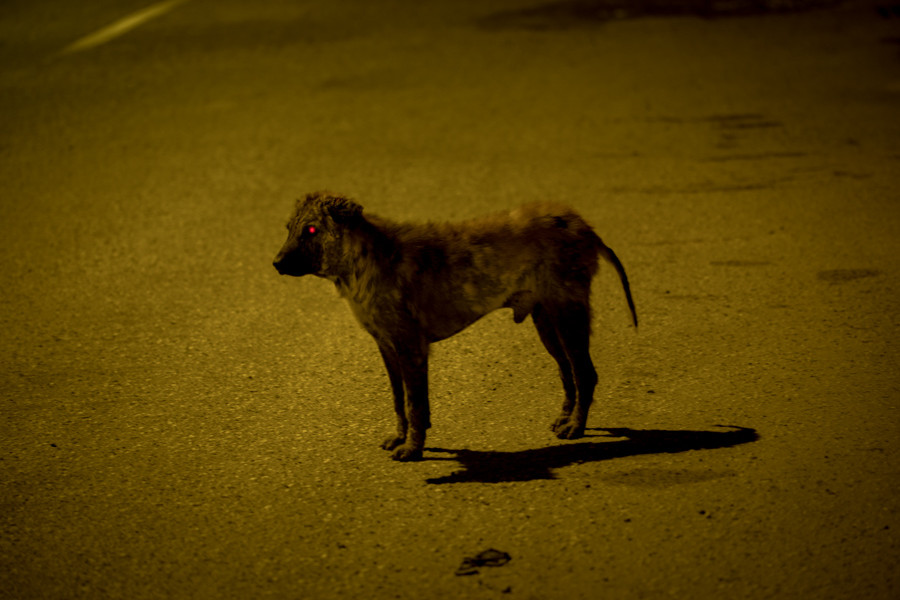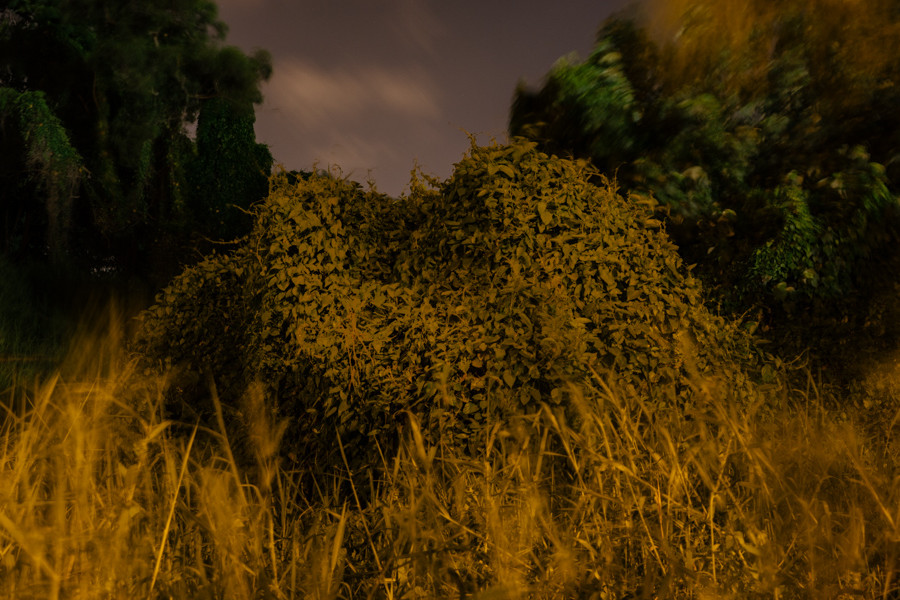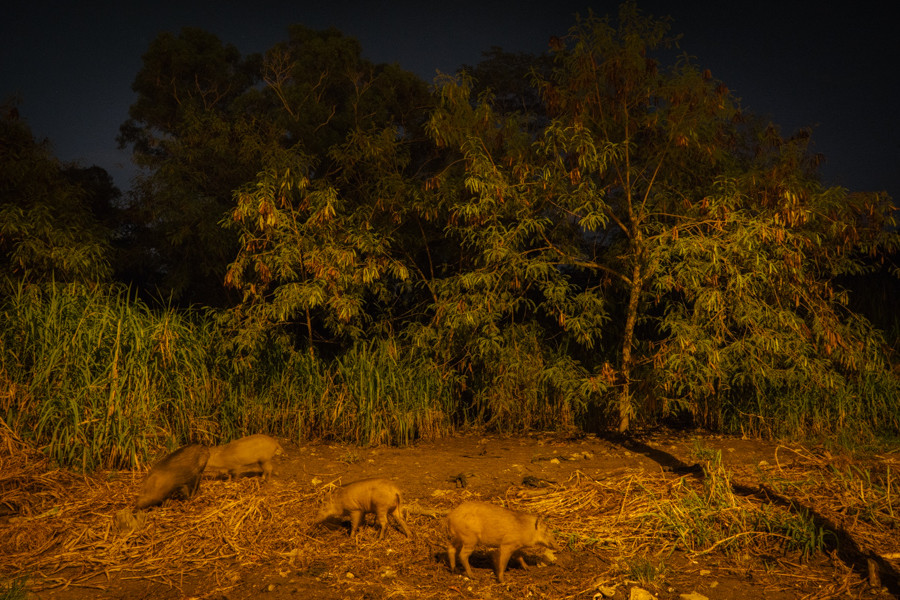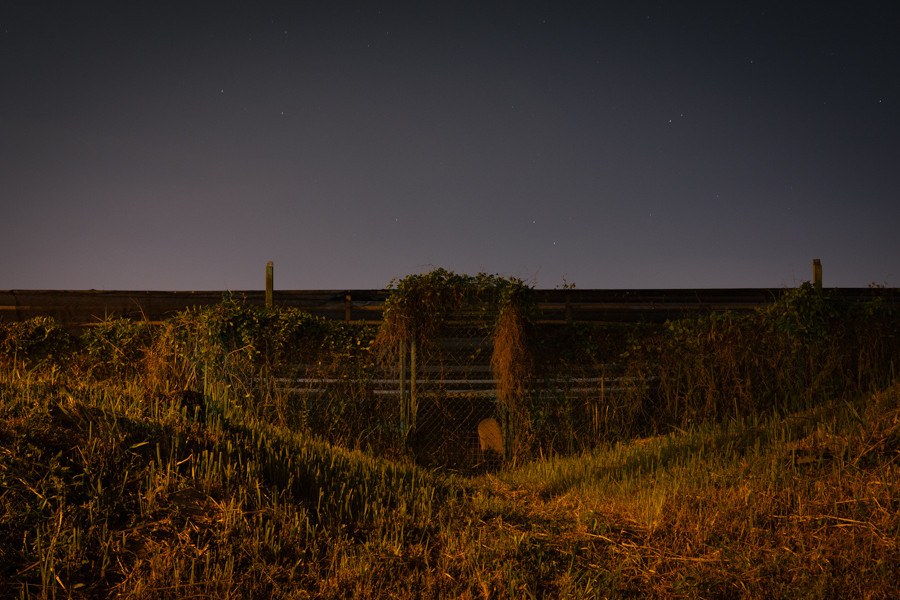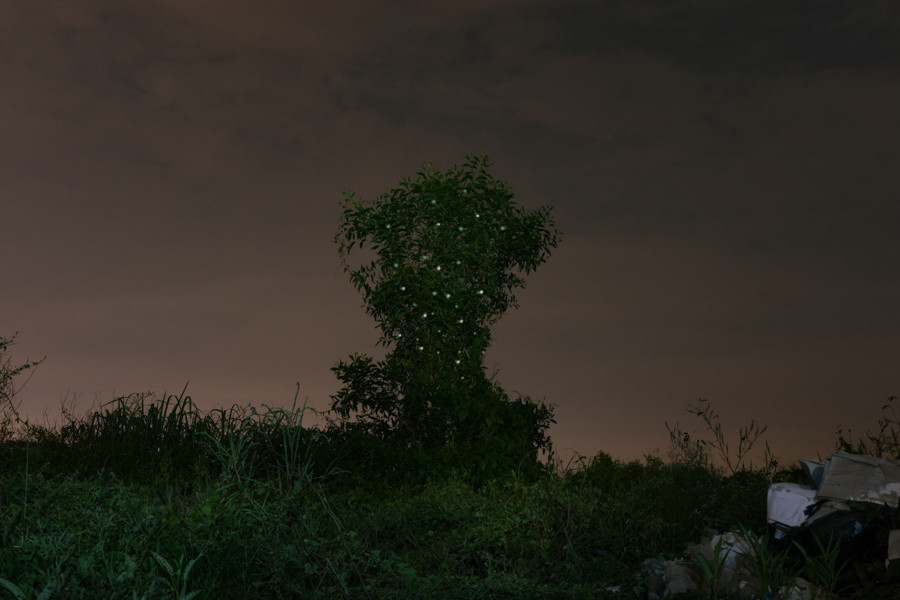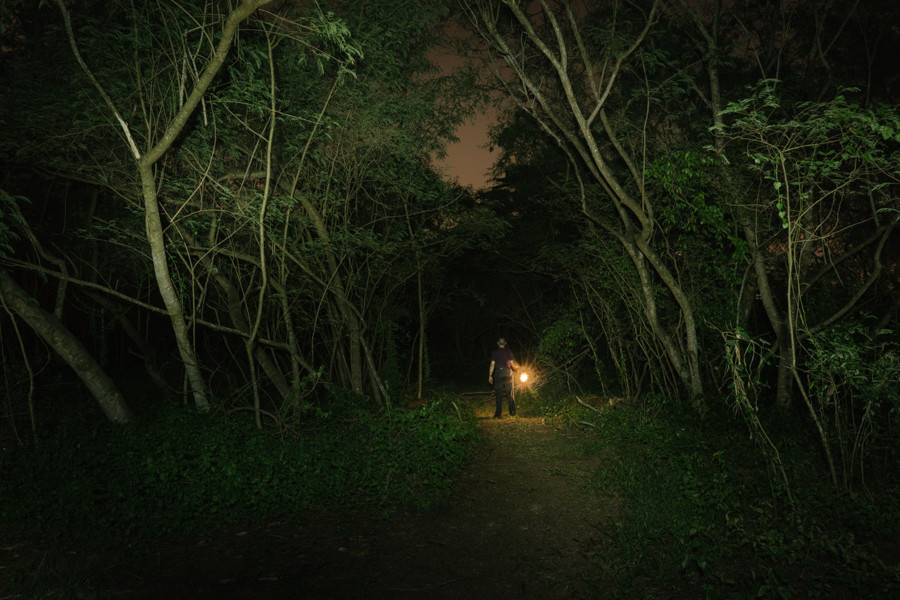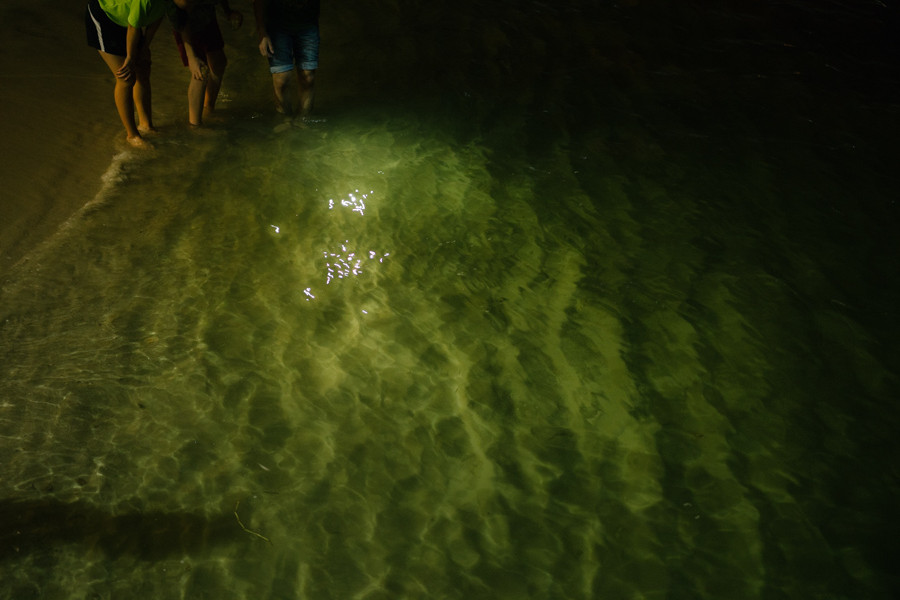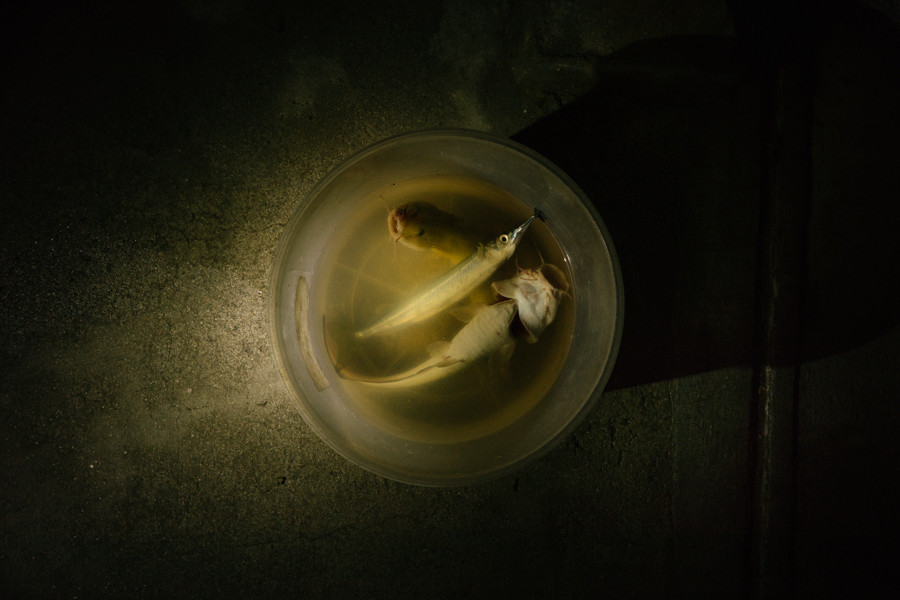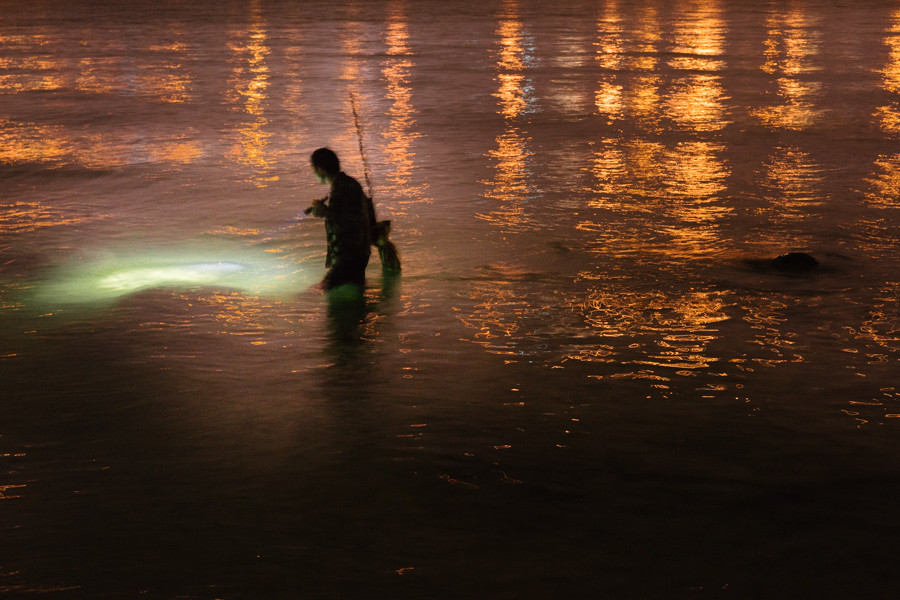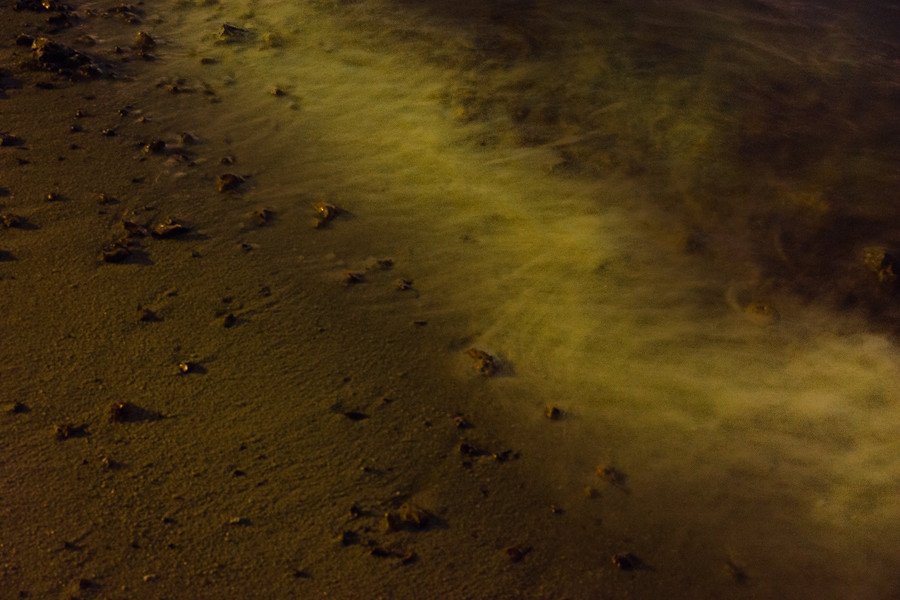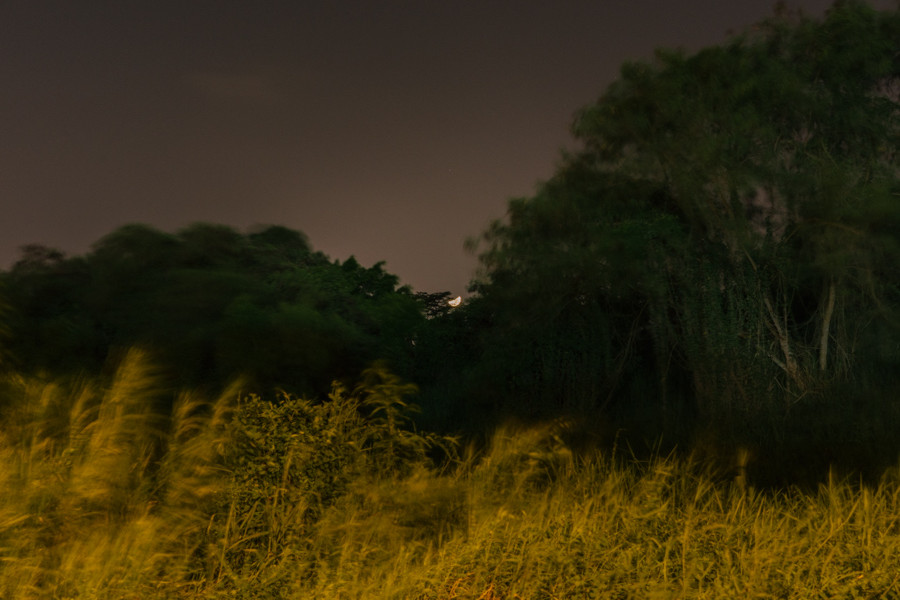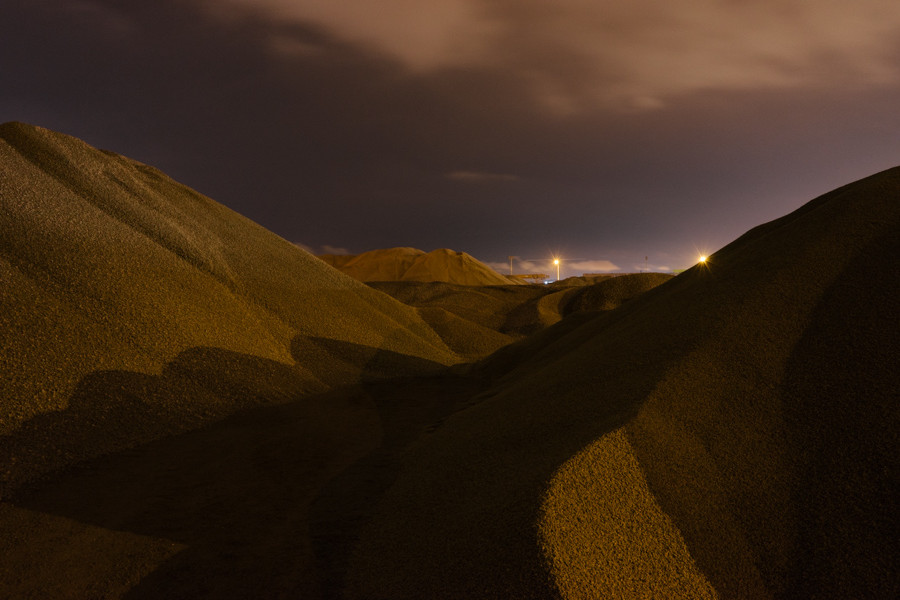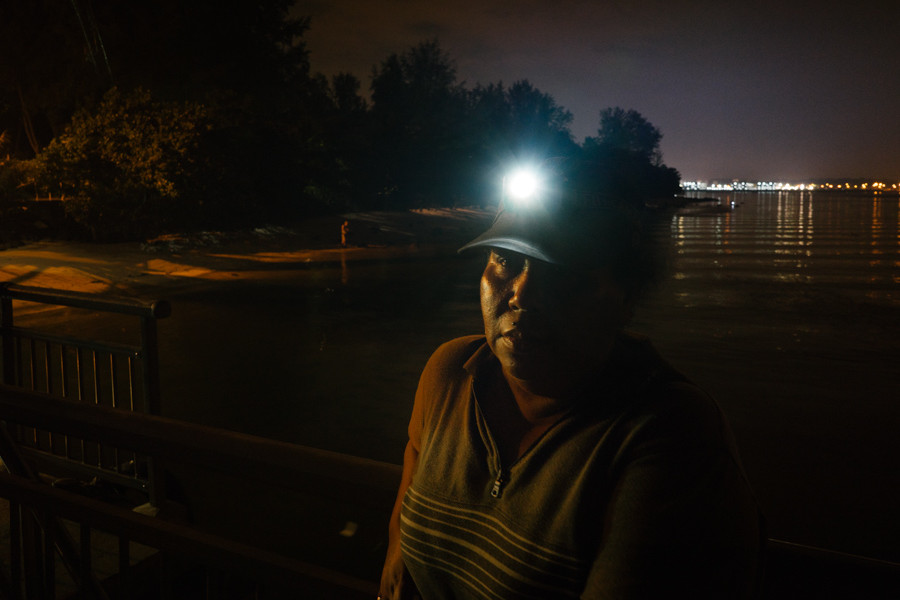Photographs by Kevin WY Lee (www.kevinwylee.com) in residency with Exactly Foundation (http://www.exactlyfoundation.com/). Assisted by Jeffrey Liam. Music by Tah Choe Gooi.
Slideshow
Photograph by Kevin WY Lee in residency with Exactly Foundation, June 2015.
NOTE: No part of ANY text and material related to Northeast Hinterland is to be used, copied, published or quoted without written permission from the author(s).
On 19 August 2007, Prime Minister Lee Hsien Loong introduced the Punggol 21+ initiative to transform Punggol, located in Northeast Singapore, into “a waterfront town of the 21st century”.
The word Punggol is derived from the Malay word pengger (dead branches) and is expressed by some as ‘hurling sticks at the branches of fruit trees to bring them down to the ground’. Punggol was initially coined Tanjong Rangon on a map under the Jackson Plan of 1822. The Jackson Plan, also known as the “Plan of the Town of Singapore”, was devised by Sir Stamford Raffles as a blueprint for rapid urbanisation and order in the colony of Singapore. The plan, named after Lieutenant Philip Jackson, the colony’s engineer and land surveyor, divided Singapore into ethnic functional subdivisions and laid the land out in a grid pattern.
Unbeknownst to many, Punggol was also home to Singapore’s first public zoo owned by wealthy Indian trader William Lawrence Soma Basapa, between 1920s and 1940s. Basapa, nicknamed ‘Animal Man’, was often accompanied by a big Bengal tiger named Apay. Punggol Zoo or Babujan Zoo as it was sometimes called, had a collection of 200 animals and 2,000 birds. The press called it a “Noah’s Ark”. Albert Einstein, the father of modern physics, was one of its first visitors in 1922 and said it was “ a wonderful zoological garden”.
The zoo was eventually taken over and destroyed by the British Army to fight the Japanese invasion in 1942. The British shot the animals and freed the birds. ‘Animal Man’ was devastated and passed away a year later in 1943. Nearby at Punggol Beach, 400 Chinese civilians were also massacred by the invading Japanese Hojo Kempei firing squad. The victims were detainees arrested from nearby Upper Serangoon Road. China-born migrants who came to Malaya after the Second Sino-Japanese War (1937–1945) were amongst those targeted as ‘undesirables’. The massacre is referred to as Sook Ching 肅清, meaning “purge through cleansing”.
Today, fifty years into independence, Punggol and its surrounding land is a frontier in a nation’s continuing dream towards a modern, civilised world.
NORTHEAST HINTERLAND is a series of nocturnes of the area, when sleep and sight are paradoxical, when histories, mythologies and legacies of the land play hide and seek with the past, present and future of its custodianship.
~
Sources: The Straits Times, Remember Singapore Blog, Wikipedia
Responding to Responses: Kevin WY Lee, 4th February 2016
Firstly, thanks everybody for your participation. A big thanks to Li Li Chung as well for inviting me to be the first artist to launch her residency program. It has been an honour.
As mentioned before, I was interested in the Exactly Residency because of its particular “micro-conversation” and hence, seemingly lack of commodity, format.
I recently read George Orwell’s Why I Write (2004). In his introduction, he explains his four motives: Sheer egoism – Desire to seem clever, to be talked about, to be remembered after death, to get your own back on the grown-ups who snubbed you in childhood; Aesthetic enthusiasm – Perceptions of beauty in the external world, desire to share an experience which one feels is valuable and ought not to be missed; Historical impulse – Desire to see things as they are, to find out true facts and store them up for the use of posterity; and Political purpose – Using the word ‘political’ in the widest possible sense, desire to push the world in a certain direction, to alter other people’s idea of the kind of society that they should strive after.
Orwell has eloquently expressed why I make work and images, Northeast Hinterland and others, including an upcoming book Suddenly The Grass Became Greener. I would assume other authors and artists would find sympathy in his motives as well.
The main theme explored in Northeast Hinterland was the idea of Custodianship. This was a response to the site, Punggol, as much as it was a response to Singapore and the overwhelming discourse of its identity and nationhood in 2015. Singapore is a very small piece of territory, issues in a particular neighborhood or site are almost inseparable from that of the state and nation I would imagine.
While I authored thematic symbols and meanings to the images, I was deliberate in creating and allowing multiple entry points to its reading. Li Li recently shared this quote from Okakura Kakuzo’s The Ideals of the East (1903) “Nothing is more condemned among us as a painting which leaves no play for the beholder’s imagination…” I subscribe to this. And what are photographs, but paintings with and of light, or in the case of nocturnal Northeast Hinterland, the absence of light and clarity. Being the first resident artist and guinea pig, I convinced Li Li to not offer too much lead-in questions and to allow audiences to find their own entry and exit points, as a constructive experiment towards tweaking Exactly’s methodology.
I believe we had reasonable success. There was something for everyone. Lawrence’s peers spoke of fond memory and nostalgia, Ngiap Heng felt sensuality and seduction, Joanna’s six-year-old niece found a brave zookeeper, and TahChoe’s RI students expressed fear and wonder in their varied poetry.
I have some personal favorites amongst the many responses. For example, I resonated with Jan’s text and Megat’s insights, and Hui May’s text was short but sharp. There are also some questions that I feel deserve responses and further dialogue. One such is the few questions of photography as a medium – whether the images were documents, journalism or art, objective vs subjective recordings. Not surprising, photography, with its realist and ‘snapshot’ qualities, and the historical use (and baggage) of the camera as documentation device, has always been, and will continue to be debated, even as the tools, utility and the understanding of them continue to evolve. Northeast Hinterland is subjective, interpretive, and authored with bias.
Li Li and I will begin work soon on designing and publishing a book on Northeast Hinterland with the associated material. Hopefully, there is time and space to write more and follow-up on the questions.
Thank you once again for participating.
Kevin WY Lee
Exactly Foundation – Residency #1 – Kevin Lee Northeast Hinterland – June 2015, Singapore
Word from the ‘Wart[1] – Li Li Chung, 6th December 2015
First of all, I’m sure Kevin joins me in thanking each one of you for your participation – listening, reflecting, sharing, responding (writing/filming/photographing). Please also extend our thanks to those you solicited responses.
This is a post-residency, post-Phase 1 response from me to you as participants at Exactly’s inaugural residency. I prefer not to call this a post-mortem as nothing died! Phase 1 is done and a logical stopping point for the project. Phase 2 is a work-in-progress on book and possibly an exhibit.
I would like to share two things: (1) based on your 100+ responses, what are the main themes during your two-months of engaging with Kevin’s Northeast Hinterland and site visit in the Peer Dialog and (2) how am I going to tweak Exactly’s methodology. The second point is easier to knock off here: for future residencies, I am going to do a Founders’ statement to frame the issue(s) being discussed, have the photographer share personal background and practice/process so that his/her investment and positioning are more upfront and center. I am learning especially that when I work with Singapore photographers: any possible controversy is often subtly handled such that conversing in public is not how they really feel. So it is too for the citizenry, thus the private dinner format is like a safe place to spout and sprout.
In total, we have 105 individual respondents (14 dinner attendees and 77 respondents including David’s 15 “victims” — which is excellent; plus mini-portfolios/text from 14 photographers at the Peer Dialog). I read your comments many times and grouped key points.
Almost every one of the 105 people engaged, less than five chose to walk away.
Most recalled stories, some visited (like Ngiap Heng; Geraldine already has; the peer dialog participants) and some continue to engage (TahChoe, Jeffrey, Megat, Kevin). I am touched by Jan’s recounting her pulling out Northeast Hinterland to view and reflect after the GE2015 elections and her grandmother’s demise. Most discovered facts they hadn’t known – notably the existence of Punggol Zoo, stray dogs, wild boars; there were many “wow, who knew?” moments.
I also looked at the dispersion of comments among the group: the above-mentioned were, some were not e.g. the focus on mechanics (how done, how to circulate/market … and the infamous “did he used a tripod?”) was not widespread despite the high mentions (13%); those comments were concentrated in two groups (David’s and Sebastian’s)!! Go figure.
While memory and nostalgia accounted for 22% of the responses (highest single recording), custodianship/governance and “contested space” totaled second highest (~20%). If I include mentions of stray/wild animals (14%), then the total registration of “contested space” is 34%, the highest mention. I am encouraged by this because I had thought we did not talk much about the issue of custodianship but you did … only thing is we hadn’t debated it.
Why? Northeast Hinterland turned out to be an exercise “troubled” by finding an entry point. In this case, it was about viewing photographs. Left open-ended with no guiding questions, it seems that most people’s “natural” starting point is about Punggol as a site, a place. To Joanna’s point on how we see and how we interpret (the cognitive and the imaginative aspects of thinking), your responses indicate that at first glance, most saw Northeast Hinterland as “talking about a place”, a documentary of Punggol.
It did get personal, a kind of historical looping: your responses reflected a broad range of emotions from childhood memories/nostalgia to a level of despair about disappearance of sites, of space and quiet, and of unsavory authoritarian actions (e.g. annihilation of Punggol Zoo). There is definitely a strong and personal sense of helplessness over appearance of new crowdedness, of today’s high-speed appearance of high-rise HDBs, fearing that even what is not seen is disappearing too. It is about loss and precarity. It is conceivable that many viewers see a photograph as a proxy for a relic … a reminder of something to revere and grieve. And the basis of your authority is akin to being a witness: what you’ve seen, what you’ve heard others saw and what you think you are going to see and how you felt.
The nocturnal, the dominance of dark over light in Northeast Hinterland images, added to the disquiet for some, responding with “eerie, haunted” (though less than 10% of responses). I still believe Kevin nailed it by choosing the nocturnal to talk about what has gone on in Punggol as proxy for a world that teeters between real and unreal, awake and dreaming, acceptance and acquiescence. The night’s darkness interferes with our getting a fix on “where” so it could be anywhere. Our discomfort with not seeing in the dark has us looking for any flicker of light to follow, presumably to safer grounds.
Notably, there were a few who didn’t go down memory lane e.g. Ngiap Heng: “To me, night has a sensuous quality of lovers’ meeting or people getting lost. I create scenes with a lover I do not have. I explore the tactile quality of Kevin’s hinterland. It has the melancholy of my non-existent lover. And I look through the landscape in search of what I am yet to know”. And Joanna’s six-year-old niece made up a story; she “… looked at the site of Babujan Zoo photo and said that the man is a zookeeper and that he is going into the jungle to look for dangerous animals like tigers and foxes. I [Joanna] did not explain beforehand that the photo is of the zoo site, but [she] might have picked out the word zoo from the title … and subconsciously understood or interpreted the man in the photo as a zoo keeper entering the jungle with a torch”.
Many have asked me what I’m going to do next on this project. I have a different stance: it’s more like what are you going to do next? I learned a new word recently: self-agency.[2] Such that one would take a position, take action with no regard to political or institutional affiliation, just because it is the right thing to do. Like agency, which is something’s effect on something or someone, except this self-agency is self-generated.
As such, Exactly was set up to use photography as a transformative gesture. Transform whom to what? In Singapore’s art industry, this un-quantifiable activity is incomprehensible. Without a creative “product” to share far and wide, Exactly is seen as “low impact” (that phrase from a David’s respondent will stay with me forever!). I am not concerned as I am more interested in what happens to you when and after you saw the photographs. Most took the series as a documentary or artistic gesture. In the two months, I think this posture for some may have shifted from “what you see/know” to “how you see” (thinking about the many possible entry points) … because you made it so … which is a private experience. That’s for you to know.
Exactly’s projects will always ask you to authorize yourself to assemble the knowledge. Because all that information is readily available. We just had not engaged. I would like to think that Northeast Hinterland confronted you to be curious, and not “de-curious” after leaving the viewing.
In short, Exactly’s residency output invites you “to take your ignorance seriously”.[3] That said, I conclude that Northeast Hinterland has allowed us to taste self-agency. Isn’t it time we feed ourselves?
What’s possible then in the post-post of this project? I am often inspired by the possibility of new thinking and action: whether or not a photography grabbed you to establish what Ariella Azoulay calls The Civil Contract of Photography, her seminal book in which she advocates “the duty” of the viewer to act as a member inhabiting the same ecology as the subject, the issue, the photographer, the camera and the frame. Importantly, she binds this contract to voice, seemingly undetectable in a photograph, to counter “the sovereign” usurping dominance and “making disappear the violation of citizenship”. As such, the inherent power play in photography assumes that the photograph itself is mute. The voice that speaks and acts on its behalf is the gaze that counts … yours!
After our presentation at NanYang Poly, one graduating student approached me to ask about the dog shelter groups because she wants to work with abandoned/at-risk animals. I suggested an internship at Healing Paws, which they declare is “a therapy program for dogs to reach out to humans”.
The point is photographs have to prompt the viewer to speak and act. Thus, my new learning on Exactly’s photography output: the photographer has to invest, take the risk of owning and communicating a position and then hand all that to the viewer. As Megat so eloquently wrote, “… I think every place I pass by will bring about a curiosity about the significance of its history and what role it has in a story far larger than the ones we’ve been told”.
Someone asked me if I’m an artist. No … you are.
———————————————————- ∞ ———————————————————-
[1] ‘Wart is short for “Stalwart”, which Kevin suggested that for future residences, I should write a statement as Exactly Foundation’s Stalwart. Thought the label suggests unbearable adult responsibility.
[2] Ho Kwon Ping. Ocean in a Drop (Singapore: World Scientific Publishing Pte. Ltd., 2016), pp 23-24. Ho refers to the 400 young parents who gathered at the National Library in 2014 to read the banned And Tango Makes Three “gay penguins” book to their children, and the 26,000 at Pink Dot 2015 who gathered “ … not to oppose the government but to celebrate the increasing diversity and self-agency of civil society”.
[3] Quote from Kodwo Eshun (The Otolith Collective) who curated The Chimurenga Library, a traveling exhibit from South Africa, about self-acquiring knowledge on Africa. http://www.theshowroom.org/exhibitions/the-chimurenga-library

